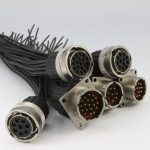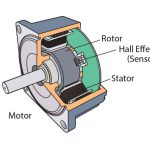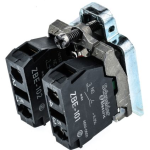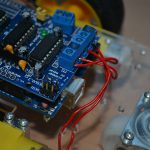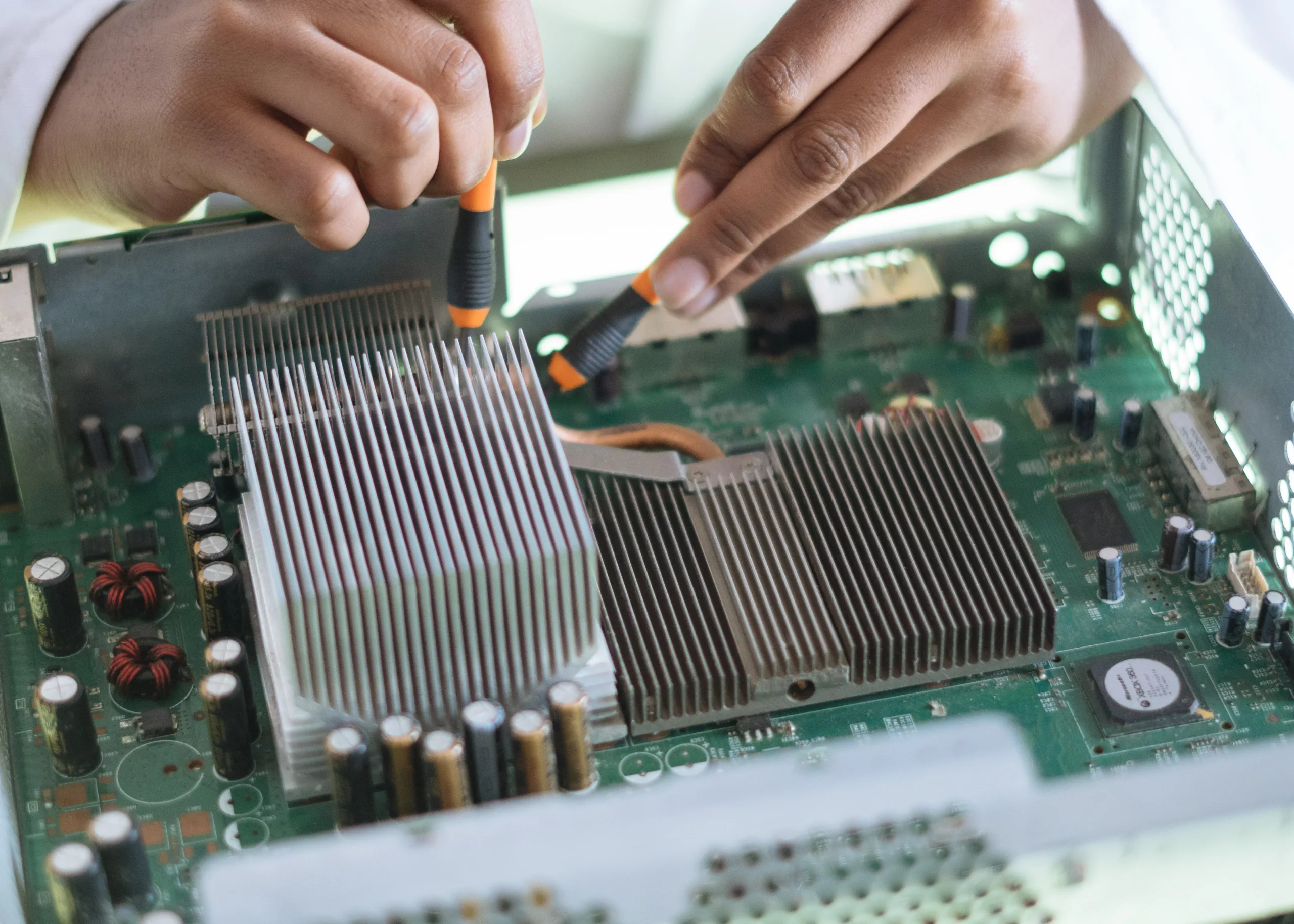
Power MOSFET Circuits: A Brief Overview
MOSFETs are voltage-controlled devices broadly used in electronic circuits to switch and control high currents and voltages. The key advantages of power MOSFETs circuits include low on-resistance, high switching speed, and low gate drive power. Power MOSFET circuits are electronic circuits utilizing Metal-Oxide-Semiconductor Field-Effect Transistors explicitly designed for high-power applications. These circuits can handle larger currents and higher voltages than their low-power counterparts. Furthermore, bespoke devices are commonly used in power amplifiers, motor control circuits, and power supplies.
The Importance of Designing Power MOSFET Circuits
Designing power MOSFET circuits is significant in various fields, including power electronics, electrical engineering, and integrated circuit design. Here are substantial reasons highlighting the importance of designing power MOSFET circuits:
High Power Handling Capability: Power MOSFETs are specifically designed to handle high power levels and ensure power systems’ reliable and safe operation. They are indispensable in power supplies, motor drives, inverters, and converters.
Enhance Energy Efficiency: Power MOSFET circuits play a crucial role in improving energy efficiency in various electronic systems. MOSFETs, working as switches, have a low on-resistance–contributing to reduced power losses and higher efficiency.
Protection and Control: Power MOSFET circuits often require protection to prevent device failure and ensure system safety. Proper design techniques enable reliable operation and safeguard the MOSFETs against unfavourable conditions, including overcurrent, overvoltage, and short circuits.
Thermal Management: Power MOSFET circuits generate heat due to power dissipation during operation. Designing effective thermal management strategies is essential to prevent MOSFETs from overheating–allowing long-term reliability.
Switching Performance: Designing circuits optimise various crucial parameters. These include optimising switching performance, such as the rise and fall times and minimises power loss during transitions. Designing such circuits can also reduce switching losses and enables higher switching frequencies. Efficient switching also improves system response, reduces electromagnetic interference, and improves power delivery control.
Integration and Miniaturisation: Designing power MOSFET circuits allows power control integration and switching functions into a single chip. This integration facilitates miniaturisation, reduces system complexity, enhances reliability, and lowers manufacturing costs.
Basic Considerations and Steps for Designing Power MOSFET Circuits
Designing power MOSFET circuits involves several steps to ensure proper functionality and performance. There are different MOSFET circuit designs, and here’s a general guide to designing power MOSFET circuits:
Defining the Circuit Specifications and Requirements: Determine the specifications and requirements of your circuit. These include voltage and current ratings, switching frequency, efficiency, and thermal considerations.
Selecting the Power MOSFET: Choose a suitable power MOSFET based on the defined requirements and basic considerations.
Determining the Gate Drive Circuit: The gate drive efficiently switches the MOSFET on and off. Select a gate driver IC or design a discrete gate driver circuit using appropriate voltage level shifters, gate resistors, and capacitors. Calculate the required gate voltage level, gate capacitance, and gate charge based on the switching speed and MOSFET parameters.
Thermal Considerations: Choose a suitable heat sink and thermal management solution to keep the MOSFET within its operating temperature limits. Ensure proper heat dissipation by calculating the power dissipation.
Layout and PCB Design: Design an appropriate PCB layout to minimise parasitic inductance and capacitance. Keep the gate drive traces short and wide to reduce inductance and resistance. Separate the high-current paths from low-current paths to minimise interference.
Protection and Snubber Circuits: Include features like over-voltage, over-current protection, and under-voltage lockout. Consider adding snubber circuits across the MOSFET to suppress voltage spikes and ringing.
Circuit Analysis and Simulation: Use circuit simulation tools like LTspice or PSpice to analyse the circuit’s performance, transient response, and efficiency. Adjust component values and parameters if necessary for circuit optimisation.
Testing and Validation: Prototype the circuit and validate its performance through testing. Measure voltage waveforms, current levels, power dissipation, and temperature. Compare the results with the design specifications and make any necessary adjustments.
Iterative Refinement: Based on the testing results, refine the design as needed, considering factors like efficiency, reliability, and cost. Optimise component selection, layout, and protection features to achieve the desired performance.
The Final Thoughts
Designing power MOSFET circuits requires understanding electronic circuit design principles, power electronics, and device features. Designing power MOSFET circuits is vital for efficient power handling, energy conservation, thermal management, reliable switching performance, etc. These aspects significantly impact the performance, efficiency, and reliability of power electronic systems, making the design of power MOSFET circuits a vital aspect of modern electronic engineering.






